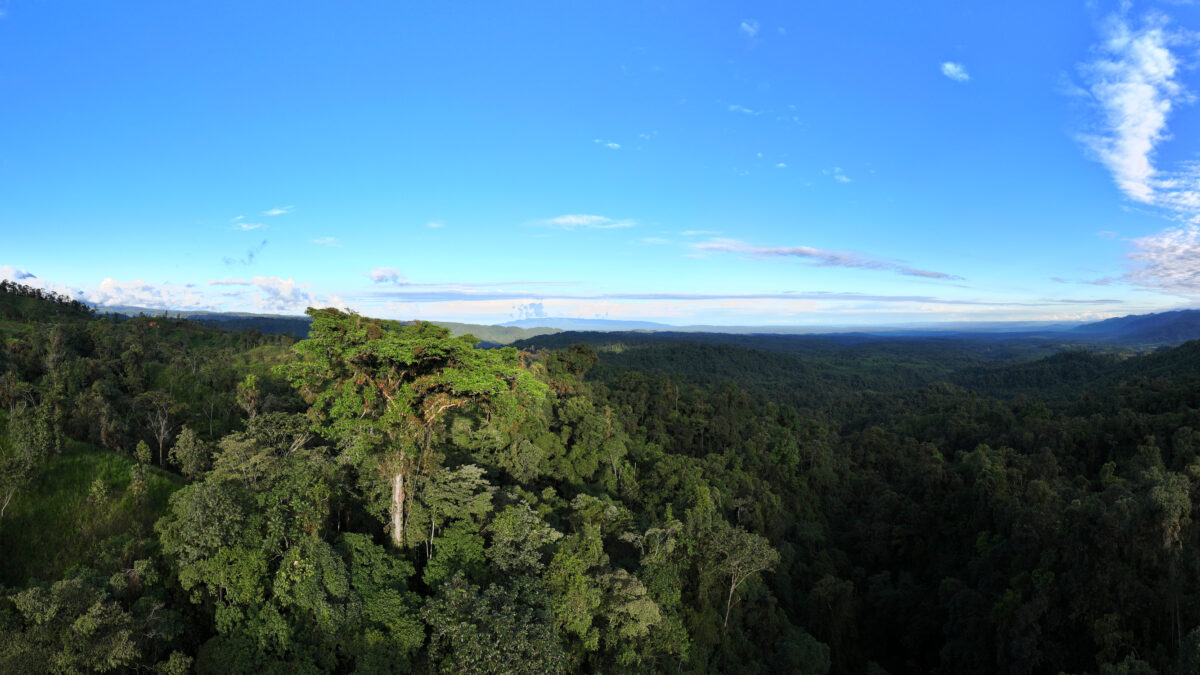How we evaluate the effectiveness of forest conservation is changing. In short, compared to just a few years ago, we possess a much better grasp of what works and what doesn’t.
This development is one of the key takeaways from a paper Zuzana Burivalova, Natalie Yoh, H S Sathya Chandra Sagar, Eddie Game, and myself recently published in Current Biology on trends in forest conservation (Broadening the focus of forest conservation beyond carbon).
The forest conservation sector is increasingly adopting evidence-informed strategies. This change is largely attributable to the widespread availability of remote sensing data and the advancement of rigorous econometric analyses. This evolution allows researchers to gauge ‘additionality’—the actual amount of deforestation thwarted by specific conservation measures, once confounding factors are taken into account.
Conservation, unlike many experimental settings, often employs quasi-experimental methods to discern cause and effect. These methodologies find applications across a spectrum of conservation strategies: from protected areas and payments for ecosystem services to REDD+, forest certification, community-based forest management, and deforestation moratoriums. Generally speaking, impact estimates that undergo rigorous evaluation tend to be more conservative than those evaluated less stringently.
Case studies of REDD+ projects have shown mixed results, and deforestation moratoria and zero deforestation pledges have shown modest impact. However, such measures are instrumental in refining conservation strategies and have paved the way for more effective policies (e.g. increased emphasis on the importance of recognized land rights, especially of local and Indigenous communities) and legislation (restricting commodities associated with deforestation).
The process of forest conservation is also being transformed by broader and faster communication, leading to increased public pressure on various stakeholders, and encouraging shared learning from past successes and failures. For example, new platforms are collating and visualizing evidence on conservation strategies and their outcomes.
However, a knowledge gap remains in understanding how findings from one context can be applied in another. As most conservation strategies are tailored to local problems, the effectiveness of a given strategy doesn’t necessarily guarantee the same results in a new context.
This is the fourth in a series of LinkedIn posts on this paper. Here are the others:
🌳 The expanding pro-forest constituency: https://lnkd.in/e_ymrxsB
🌳 The remote sensing revolution: https://lnkd.in/eiTynxCZ
🌳 The rapidly evolving forest conservation space: https://lnkd.in/e8qTSPq7

